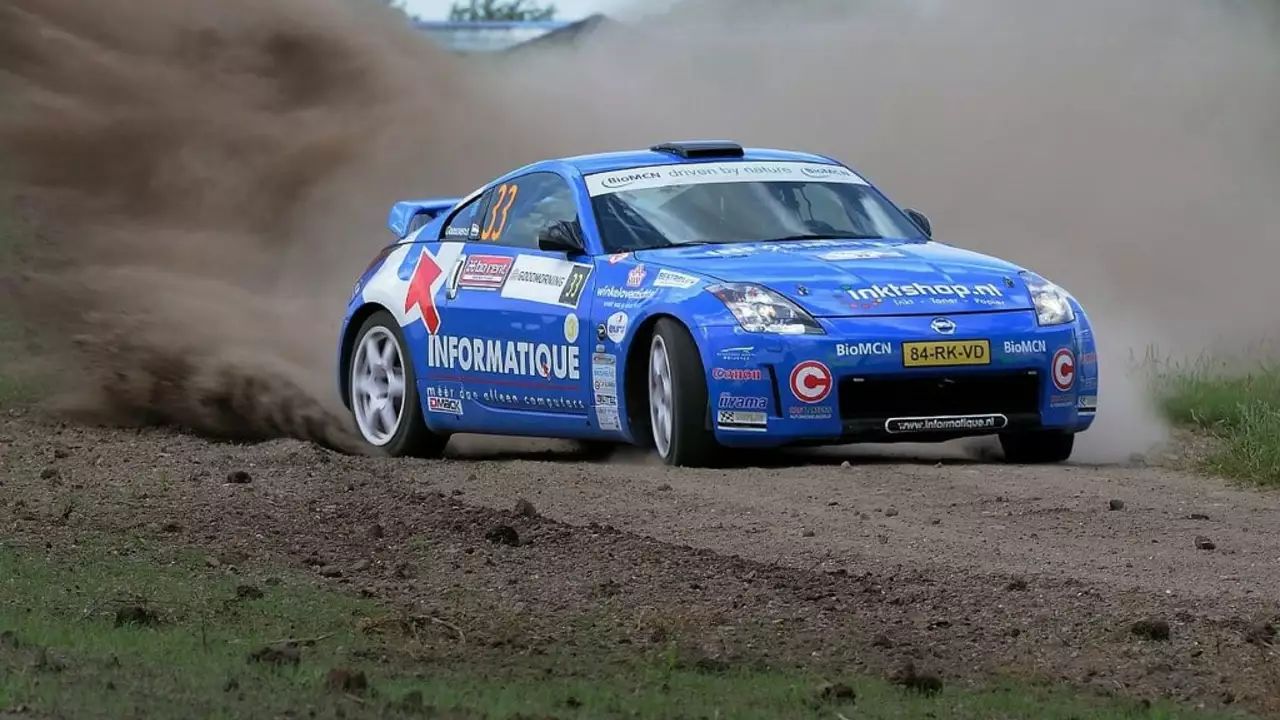FWD Rally Cars: What You Need to Know
If you’ve ever watched a rally stage and wondered why some cars pull ahead on tight corners, the answer often lies in the drivetrain. Front‑wheel‑drive (FWD) setups put power to the front wheels, giving a different feel compared to rear‑wheel‑drive (RWD) or all‑wheel‑drive (AWD) machines. In the UK endurance rally scene, FWD cars are common in lower‑budget classes and can be a solid starting point for beginners.
Why Choose a Front‑Wheel‑Drive Car?
FWD cars are cheaper to buy and maintain. The engine, transmission, and differential live up front, meaning fewer moving parts and less weight over the rear axle. That front‑heavy balance makes them easier to control on slippery gravel or wet tarmac – the front wheels both steer and pull, reducing understeer in many situations.
Because the drivetrain is more compact, you often get a larger cargo area for spare parts and tools – a practical perk for endurance events where you might need to fix a puncture mid‑stage.
How to Get the Most Out of an FWD Rally Car
1. Tune the suspension. Soften the front springs just enough to keep the wheels planted, but keep the rear a bit stiffer to prevent the back end from wobbling. A well‑balanced setup lets you carry speed through bends without fighting the car’s natural tendency to push wide.
2. Choose the right tyres. Wide, grippy tyres on the front give you the bite you need for acceleration out of corners. On the rear, a narrower, harder compound helps the car stay stable when you lift off the throttle.
3. Master lift‑off steering. In FWD, easing off the throttle can help the front wheels regain traction during a turn. Practice feathering the brake and modulating the clutch to keep the car pointed where you want.
4. Mind the weight distribution. Adding ballast over the rear can improve balance on fast, flowing stages. Just don’t overload the car – endurance rallies demand reliability as much as speed.
5. Keep the engine cool. FWD engines work harder because they handle both power delivery and steering. Regularly check coolant levels and consider a larger radiator if you’re running long, high‑intensity stages.
When you enter a UK endurance rally, pick a class that allows FWD cars, such as the B2 or C3 categories. These classes are designed for hobbyists and give you a chance to learn stage pacenotes, co‑driver communication, and basic car prep without a massive budget.Remember, the goal in endurance rally isn’t to be the fastest on a single stage but to stay consistent, avoid costly repairs, and finish the event. An FWD car’s simplicity can be a huge advantage here – fewer things can go wrong, and you’ll spend more time on the road and less time in the garage.
So, whether you’re a teen looking to start rally racing or a seasoned driver hunting a reliable entry‑level machine, front‑wheel‑drive cars offer a friendly learning curve and solid performance on the diverse terrains of British rallies. Get the right setup, respect the car’s limits, and you’ll find yourself enjoying the thrill of endurance rally without breaking the bank.
Is FWD good for a rally?
After doing some research, it seems that front wheel drive (FWD) can indeed be good for rally racing. Despite some people's reservations, FWD vehicles can handle the twists and turns of a rally course quite well. In certain conditions like ice or snow, they can even outperform their rear wheel drive counterparts. However, it's important to note that driving style and skill are also key factors in rally racing. So, while FWD can be effective, it ultimately comes down to the driver's ability to navigate the course.
Read More

